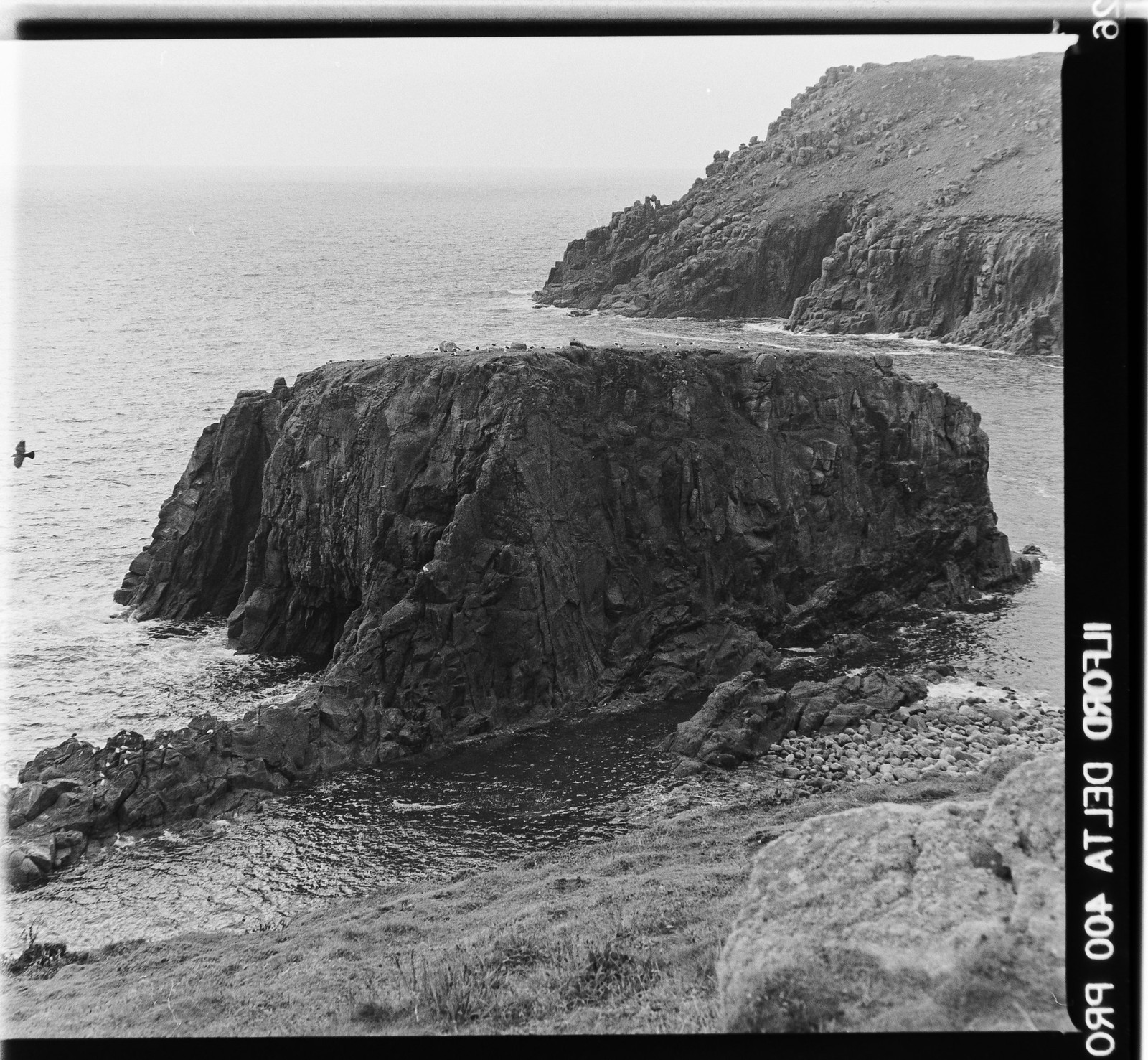- Messages
- 957
- Name
- Ben
- Edit My Images
- No
Does anyone have any tips on how to scan 120 with a digital camera? I’ve sold my scanner as I wasn’t using film enough to justify the space it took up.
It would be 6x6 as I would only use my zero Pinhole and zeiss folding camera now.
I have a Sony a6000, Fuji xpro1 and for lenses an old canon fd 70-210 f4 macro lens.
ive tried it before with 35mm but the results were always pretty poor compared with I’ve seen from other people.
It would be 6x6 as I would only use my zero Pinhole and zeiss folding camera now.
I have a Sony a6000, Fuji xpro1 and for lenses an old canon fd 70-210 f4 macro lens.
ive tried it before with 35mm but the results were always pretty poor compared with I’ve seen from other people.




 DSCF8492.jpg
DSCF8492.jpg DSCF8486.jpg
DSCF8486.jpg DSCF8486.jpg
DSCF8486.jpg
 DSCF8495-Enhanced.jpg
DSCF8495-Enhanced.jpg



